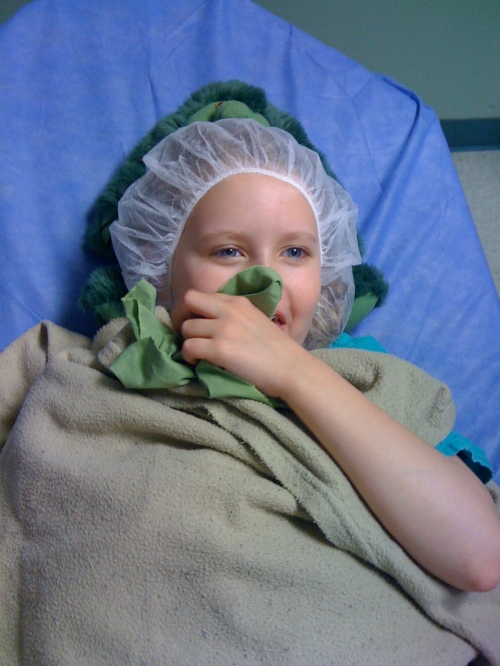I received a form letter from Vice President Joe Biden yesterday. It was one of those mass emails one gets, but rarely reads. For some reason I glanced at it and read that the president will be having dinner with one person who makes a small donation of five dollars. Their name will be thrown into a hat and one name will be drawn.
I thought about what I would say to the President were I to have the opportunity to have dinner with him. And of course I knew what the answer was without hesitation. I would speak with him about the rising numbers of children diagnosed with autism. I would direct him to the countless news stories regarding the rampant abuse of those same children and adults living in group homes and institutions. I would ask him to help set up communities where individuals with autism would have more control over how they lived, allowing them to pursue their interests, encouraging them to follow their dreams. I would tell him about our trips to Central America with our daughter, Emma for stem cell treatments. I would encourage him to put more funding into stem cell research, umbilical cord stem cells, using the patients own stem cells, and any other form of stem cells that might prove viable in restoring the lives of hundreds of thousands, even millions.
As I continued to think about all the things I wanted to say and ask for, in the name of autism, I thought of the families like mine who have been affected. I don’t just mean on an emotional level, but financially as well. A diagnosis of autism is devastating to any family financially. We have chosen to pursue a more aggressive route than many can or want, but any family, even those who have not taken their child to foreign countries for stem cell treatments has found the cost of caring for a child with autism staggering. For those who have little or no resources, who have to rely on social services to help them, who cannot afford to have a caregiver come to their home to give them a break, they live in a world starkly different from those with similar financial constraints who have neuro-typical children.
So Mr. President, on the off chance my name isn’t chosen and I don’t have the opportunity to sit down with you, can you please help galvanize the medical community and make autism a priority in research, can you look at what we’re doing when we cut so much funding from our already overwhelmed schools, can you earmark autism as something we need to find answers to?
To read about the genesis of this blog and Emma’s journey through a childhood of autism, go to: www.EmmasHopeBook.com


